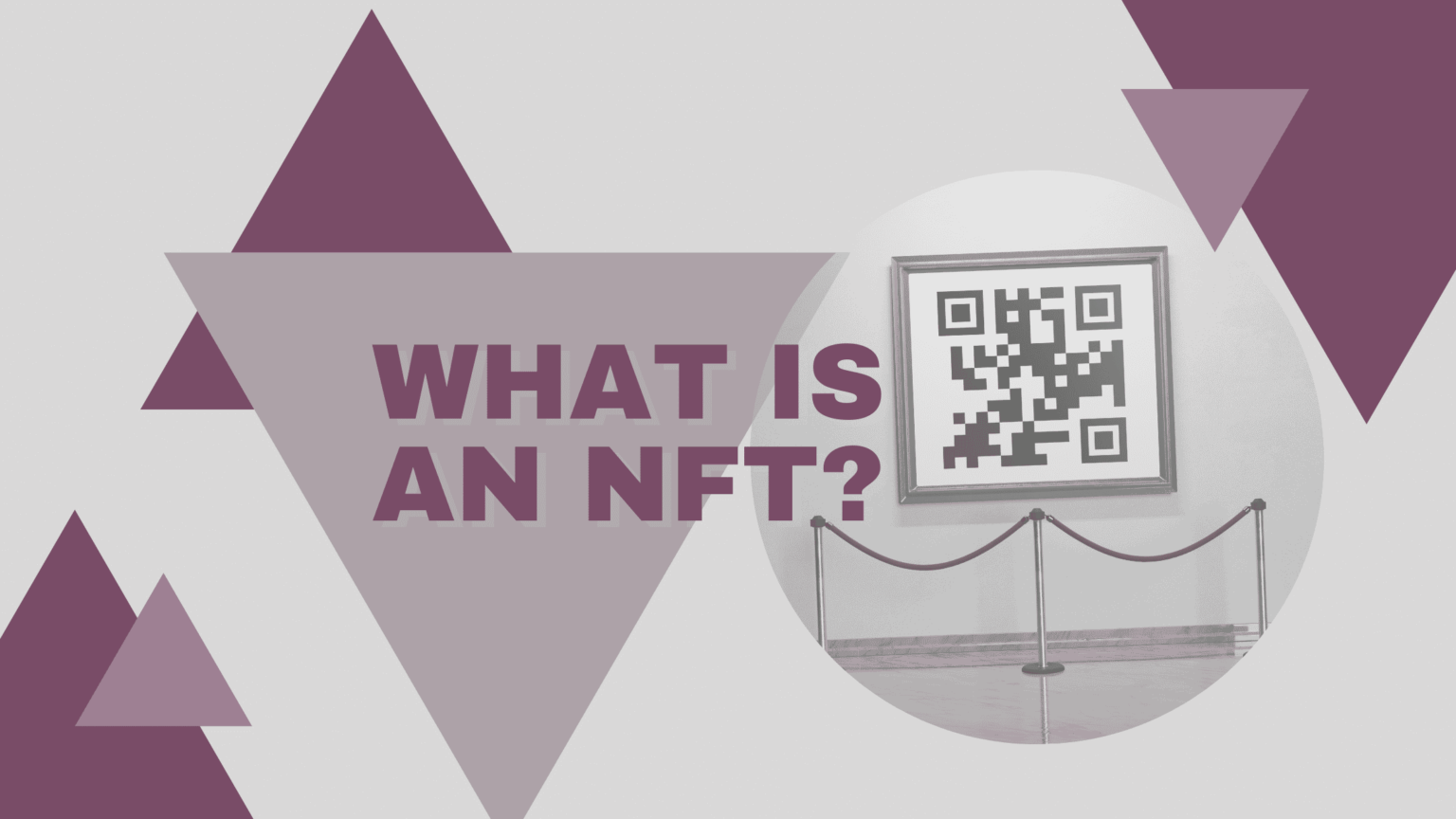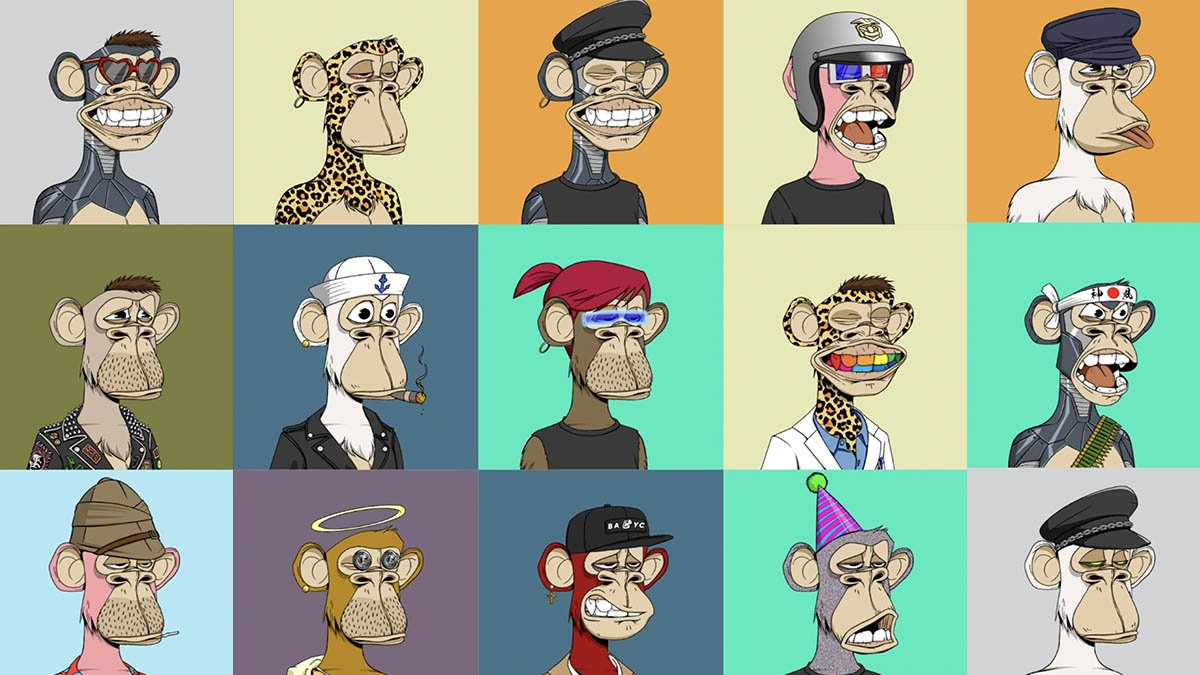NFT is the was the most popular new word of 2021, but what exactly is a non-fungible token? For those of you new to web3 and blockchain technology, a non-fungible token is simply a piece of code storing information. However, you might be aware, these nifty tokens can actually represent music, art, poetry, software and more.
Still lost? Still wondering what the hell an NFT is and the real meaning behind it all? Don’t worry! This guide will teach you everything you should know about Non-fungible tokens.
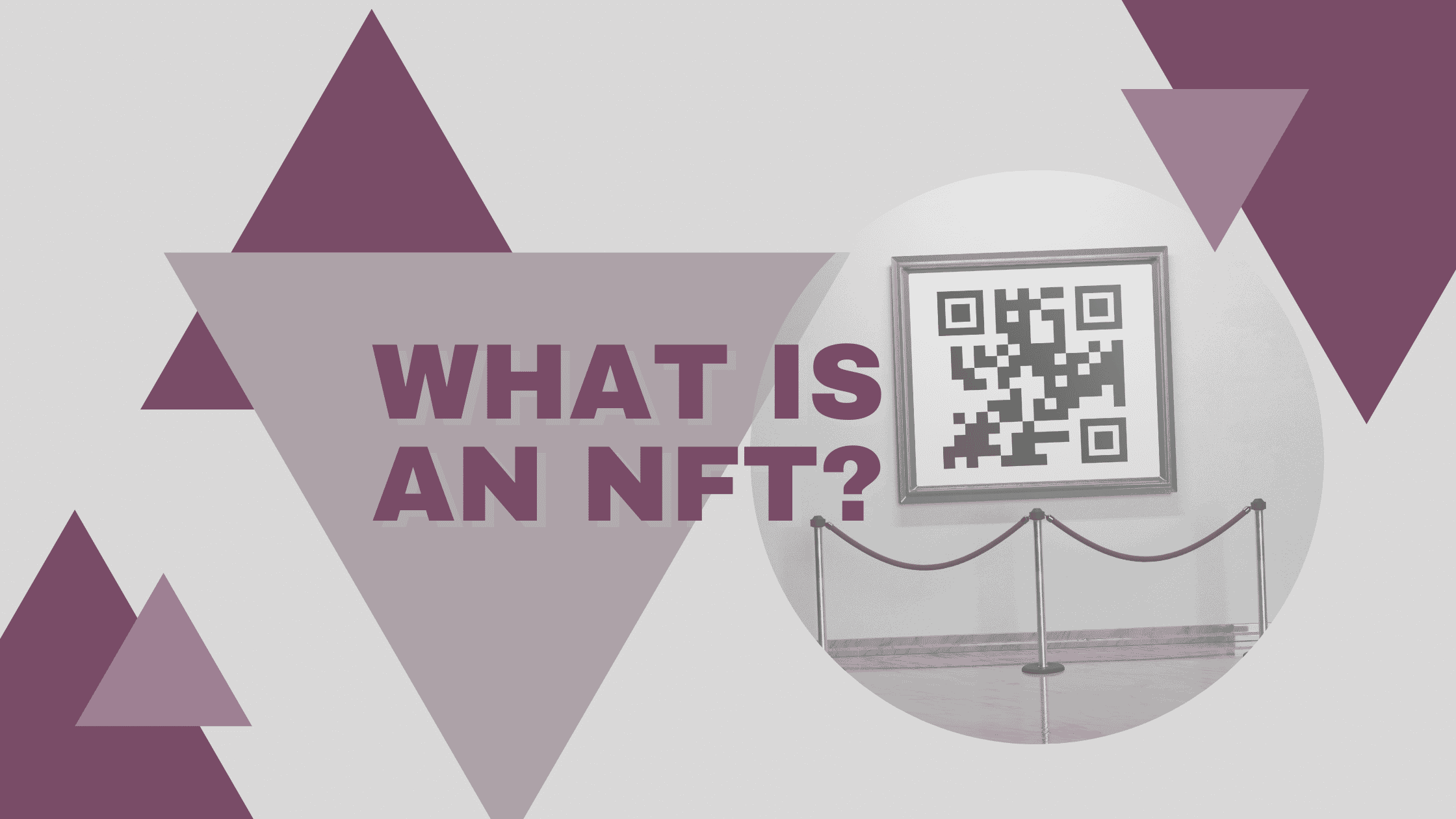
Firstly, What does NFT stand for
‘NFT’ stands for ‘Non-Fungible Token’. Still confused? Well the actual meaning of NFT is a little more complex – Here it is explained:
What is the literal meaning of NFT?
Fungible means interchangeable. To illustrate, fiat currencies and cryptocurrencies are fungible. Good examples include Dollars, Ether, or Bitcoin. One dollar is the same as any other dollar. A Bitcoin in your crypto wallet is identical to any other Bitcoin in the world.
Conversely, Non-fungible means non-interchangeable. Meaning, Non-fungible tokens, or NFTs, are wholly unique. However, just like Bitcoin or Ether, these tokens also live on a digital ledger called a blockchain.
What is an NFT and How Does It Work?
NFTs provide digital certification of asset ownership. In essence, they provide people with a way to provably own and trade digital assets, supported by an immutable blockchain. For years, avid gamers were paying for digital assets that they didn’t actually own. Just take the skins in League of Legends, for example.
Instead, blockchain technology allows the holder true ownership of their in-game skins or items. But that’s not all it can do.
Using NFT technology, the item’s historical ownership can be traced back to the original creator. Thus, the blockchain network can authenticate users without the need for an external third party. In short, the non-fungible token acts as an un-hackable access token.
Any virtual asset could be a non-fungible token. That being said, some are using non-fungible tokens as certification for physical items too, including houses, yachts, luxury alcohol, and more.
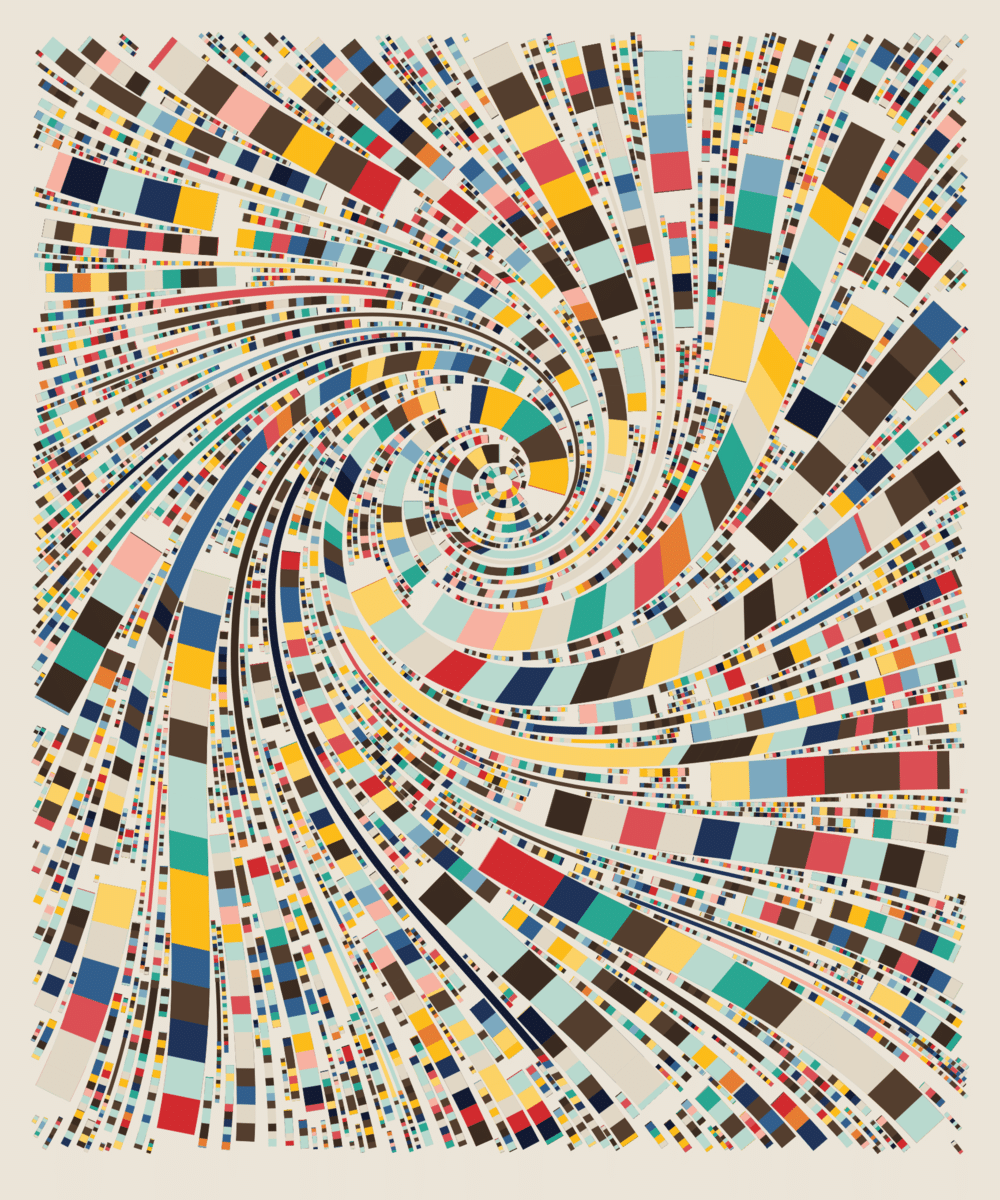
What is The Point Of An NFT?
Royalties
Royalties are a vital part of the growth of NFT art. To sum up, creators can receive royalties on every single sale of their work – forever! Now artists can live comfortable lives. In fact, secondary royalties have made some artists very rich indeed. To get in on the action and make royalties yourself, check out our guide on how to make NFTs!
Lack of middlemen
For the entire history of creative industries, artists have relied on intermediaries to distribute their work. For example, a record label needs to produce the song before an artist earns a portion of the sales. Similarly, platforms like YouTube host content and pay the creators. In traditional art, galleries often play the role of middleman and gatekeeper. All of these services take a portion of the artist’s profit.
With NFTs, the artists become their own distribution channel. Moreover, they enjoy the full monetary benefits of their Sales. Creatives from Film and music are changing the narrative in their respective industries. Latasha and Ed balloon are 2 such artists to watch in the space. Both dropped their own tracks on the blockchain without any support from traditional record labels.
Potential profit for collectors
The other side of the equation is the collectors patronizing and buying the NFTs. In short, people like making money. The success of the most expensive NFT collections has led to a frenzy of speculation-driven NFT art creation and buying. As a result, NFTs work like any other speculative asset: Collectors buy them in the hope that their value will increase and they can sell them for profit.
While NFTs can increase in value, they can also fall. Digital assets can be pretty volatile, as can any crypto asset. Bear in mind that the industry is rife with scams, and even celebrities try to rug their communities occasionally!
Transparency
The public nature of the blockchain also brings along many benefits for NFT art creators and collectors alike. For creators, it’s easy to reward fans and collectors thanks to the record of transactions. Similarly, collectors have an easy way to look at the history of non-fungible artists before they buy their work. This also makes it easier for collectors to evaluate what a fair market price is for a particular piece of work.
What’s on the NFT Art Market?
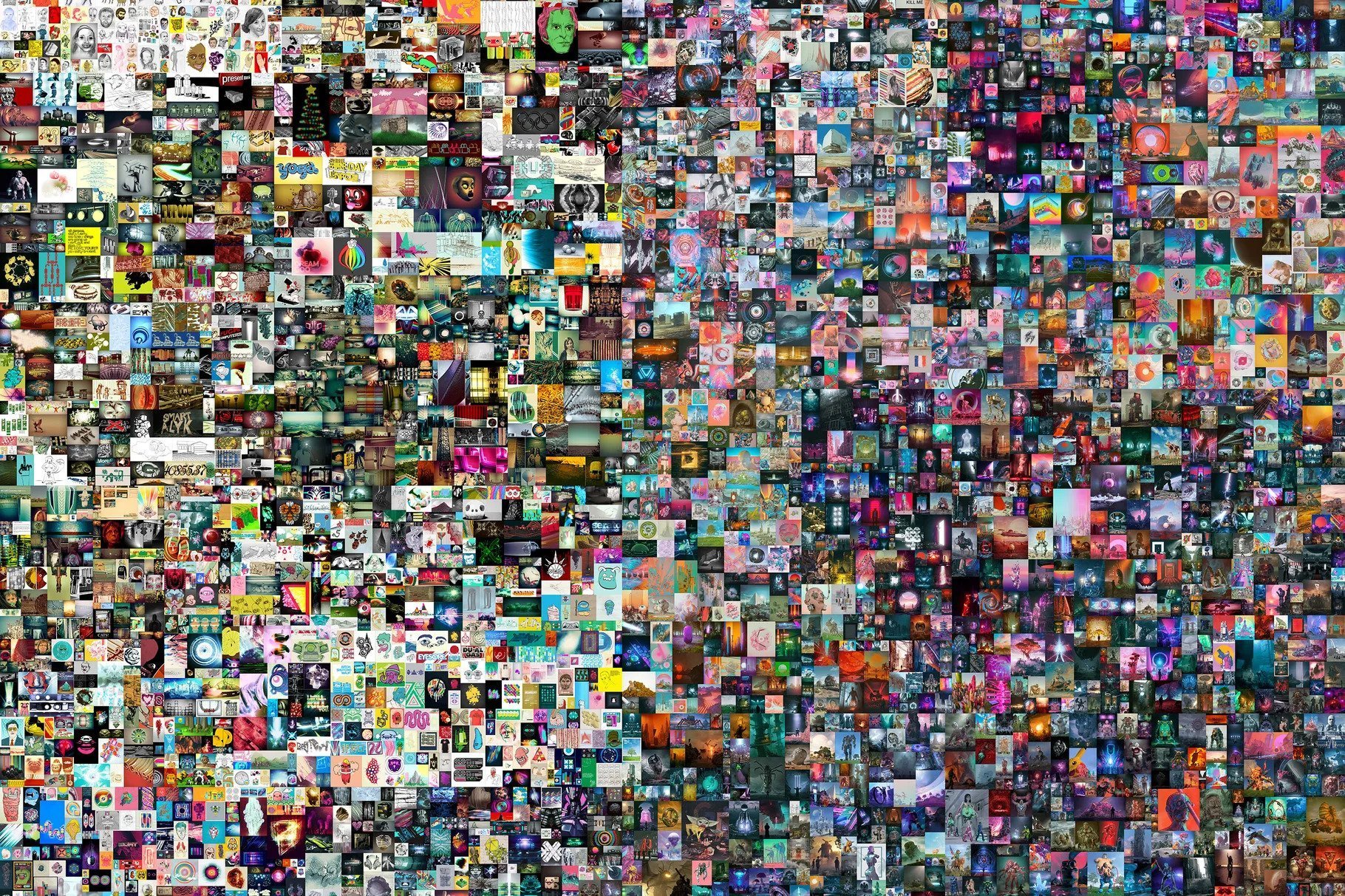
1:1s and unique art collector’s pieces
Significantly, digital art and collectibles were really the first areas to bring widespread interest in NFT technology. While many industries stand to benefit from the tech, few have enjoyed as seamless a transition as visual art. Indeed, traditional fine art shares many similarities with unique 1-of-1 NFT art. In contrast to fine art, however, NFTs make the process of buying art and verifying ownership relatively straightforward.
Notably, 1-of-1 art dominates the lists of the highest individual NFT sales so far. As seen in traditional art spaces, the price gap between top artists lesser-known artists is huge.
However, if you’re looking for something with style, top-selling NFT artists include; Beeple, XCOPY, Tyler Hobbs, Hackatao, and Pak. To learn more, check out our guide on the best-selling NFT artists of all time.
Generative collections, collectibles, and NFT-gated members clubs
The other major side of NFT art is generative art collections. Projects like Bored Ape Yacht Club, World of Women, Doodles, and Azuki have become leaders of this huge movement.
Generative collections combine aspects of computer-generated digital art, trading cards and other physical collectibles, with community forming. Countless large-scale collections promise a sense of community between NFT holders.
Plus, some will sense some competition between different holder communities. Indeed, holders often use their high floor prices and major partnerships as bragging rights over other project communities. Utility has become a crucial part of this kind of NFT art. This movement mainly started with Gary Vee NFTs: VeeFriends. Now Proof’s Moonbirds also offer a whole host of utility benefits, but not without some mystery.
Music, Files and Other use cases
All in all, the field of NFT art is still young and developing. in many interesting ways. However, clearly NFT art, along with other use cases, will still grow and evolve. One thing’s for sure – art may have been the first significant target, but it certainly won’t be the last.

